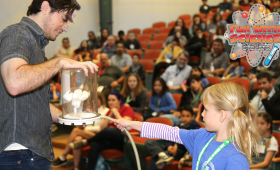The surprising strength of air pressure is revealed by a series of simple experiments using a vacuum chamber and marshmallows to mimic the effects of entering the vacuum of space.
Science and Technology
in the News
Science and Technology
in the News
News Center
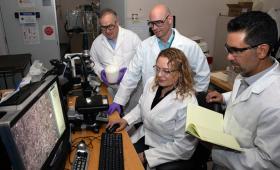
A shape memory foam material developed by Lawrence Livermore researchers is the foundation of a lifesaving medical device that has won a national technology transfer award.
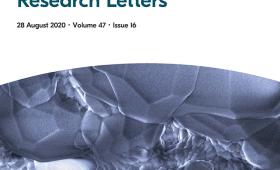
Researchers synthesize methane hydrate and measure its electrical conductivity to aid in estimating hydrate concentration on the seafloor.

Warren works to ensure that the water we use stays safe and clean by analyzing and designing technologies for groundwater remediation.
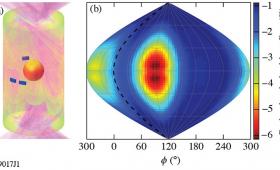
Data correlating two factors that lead to implosion asymmetries have brought LLNL scientists a step closer to understanding the gap between simulations and performance of inertial confinement fusion experiments.
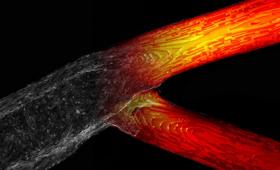
Livermore scientists have paired 3D-printed, living human brain vasculature with advanced computational flow simulations to better understand tumor cell attachment to blood vessels.

Researchers find that more than 50 percent of the world’s oceans already could be impacted by climate change.
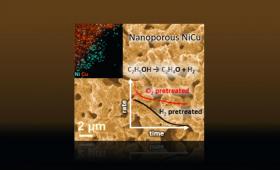
A research team optimizes catalyst performance by studying the effect of pretreatment-induced nanoscale structural and compositional changes on catalyst activity and long-term stability.
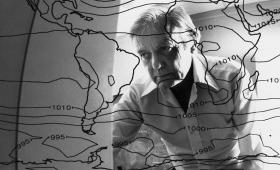
The end of World War II heralded an era of population growth throughout the nation and especially in the State of California, where many returning soldiers and their families settled.

SPIE, the International Society for Optics and Photonics, elected Livermore research engineer Richard Leach as a senior member.


